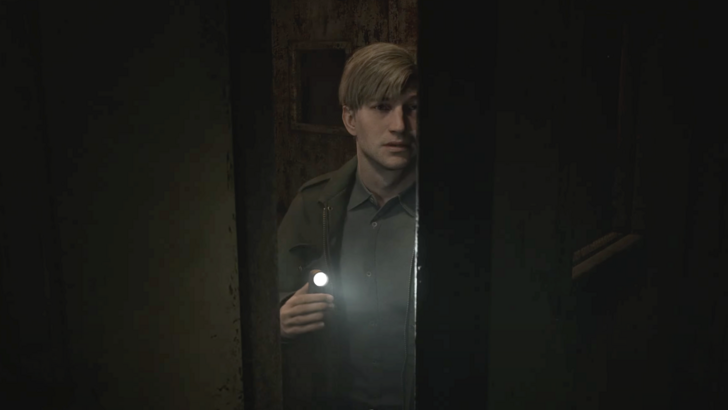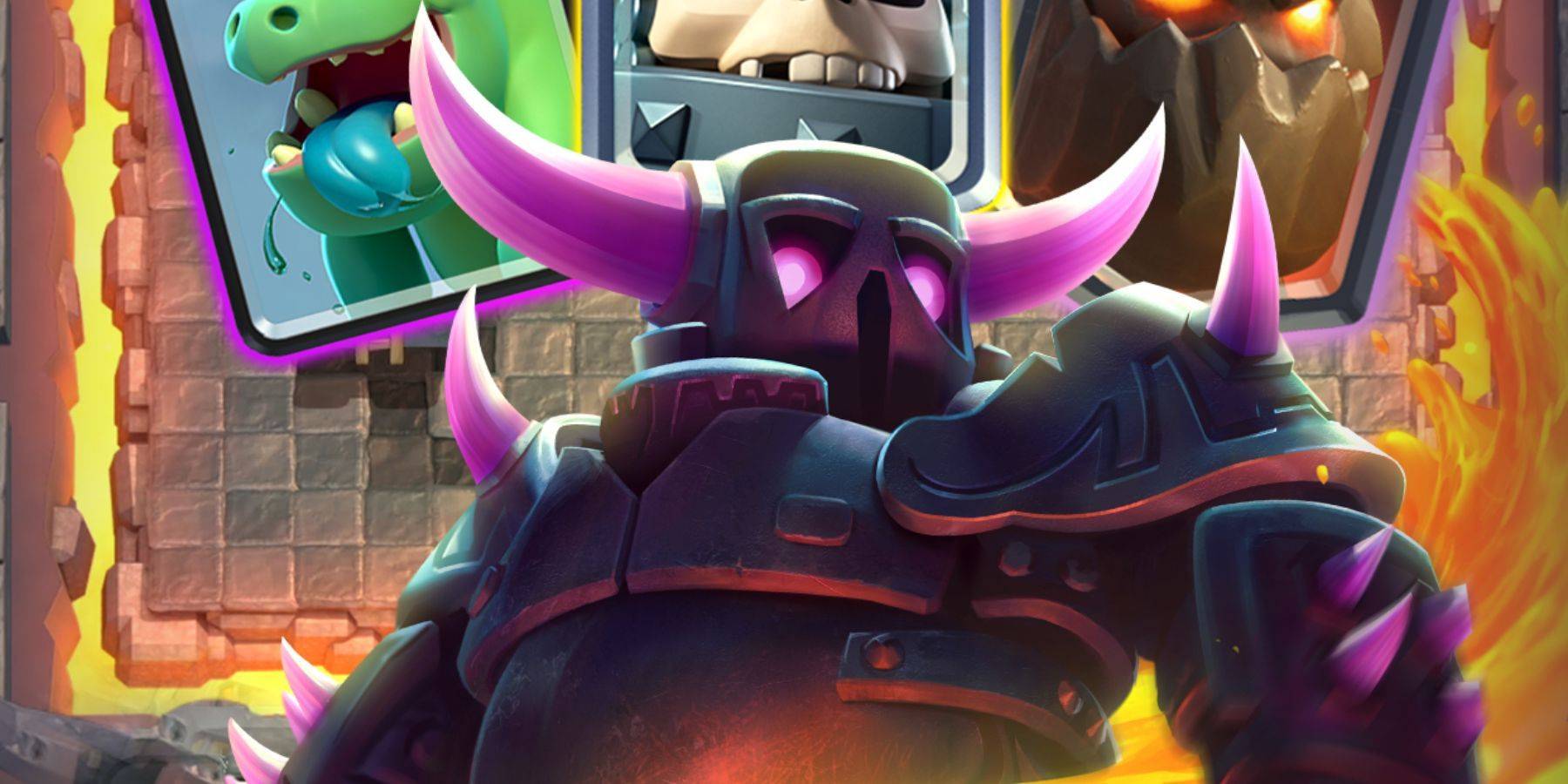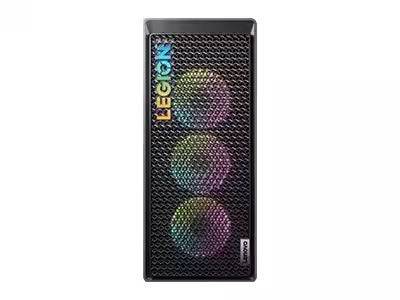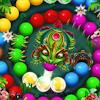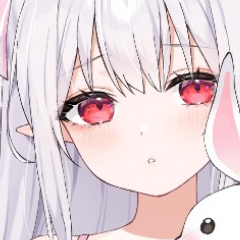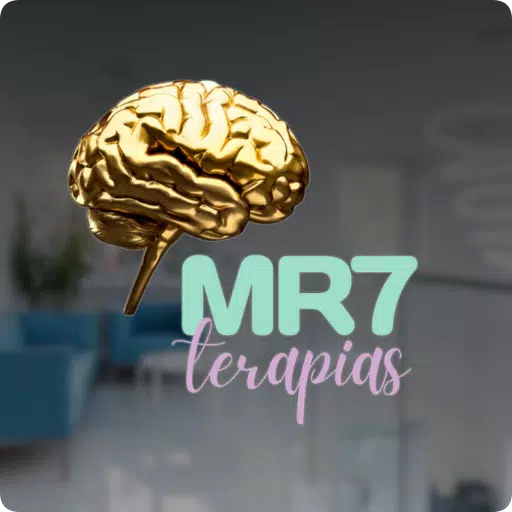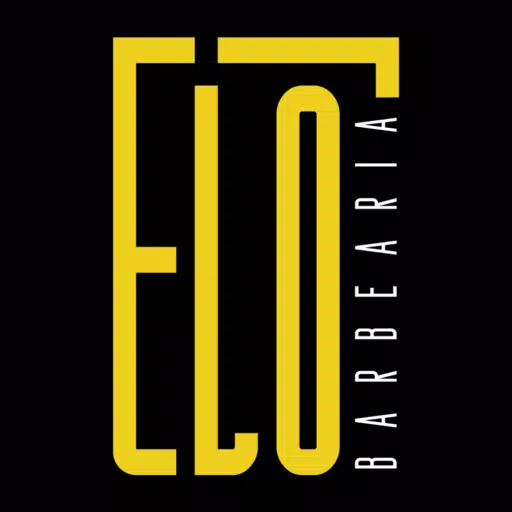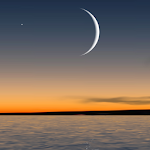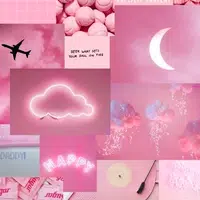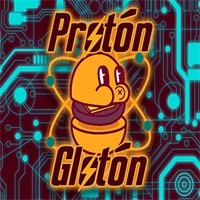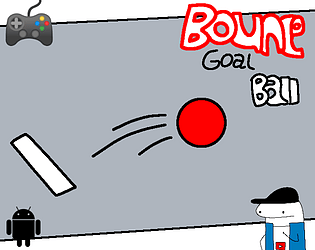"Final Fantasy Commander Decks Unveiled: Cloud, Tidus Featured"
Even if you're not a regular player of Magic: The Gathering, you've likely noticed its recent trend of exciting video game crossovers, featuring beloved franchises like Fallout, Tomb Raider, and Assassin’s Creed. Now, we're thrilled to bring you an exclusive sneak peek at one of the most anticipated collaborations yet: Final Fantasy. This set isn't just dipping its toes into the Final Fantasy universe; it's diving deep, featuring iconic characters from four mainline games—Final Fantasy VI, VII, X, and XIV—each represented in their own preconstructed Commander deck.
**Flip through the image gallery below** to get a first look at the lead card and packaging for each deck. Continue reading for an insightful conversation with Wizards of the Coast, where we discuss what to expect from these decks, the rationale behind choosing these specific Final Fantasy games, and much more.
Final Fantasy x Magic: The Gathering - Commander Decks Reveal
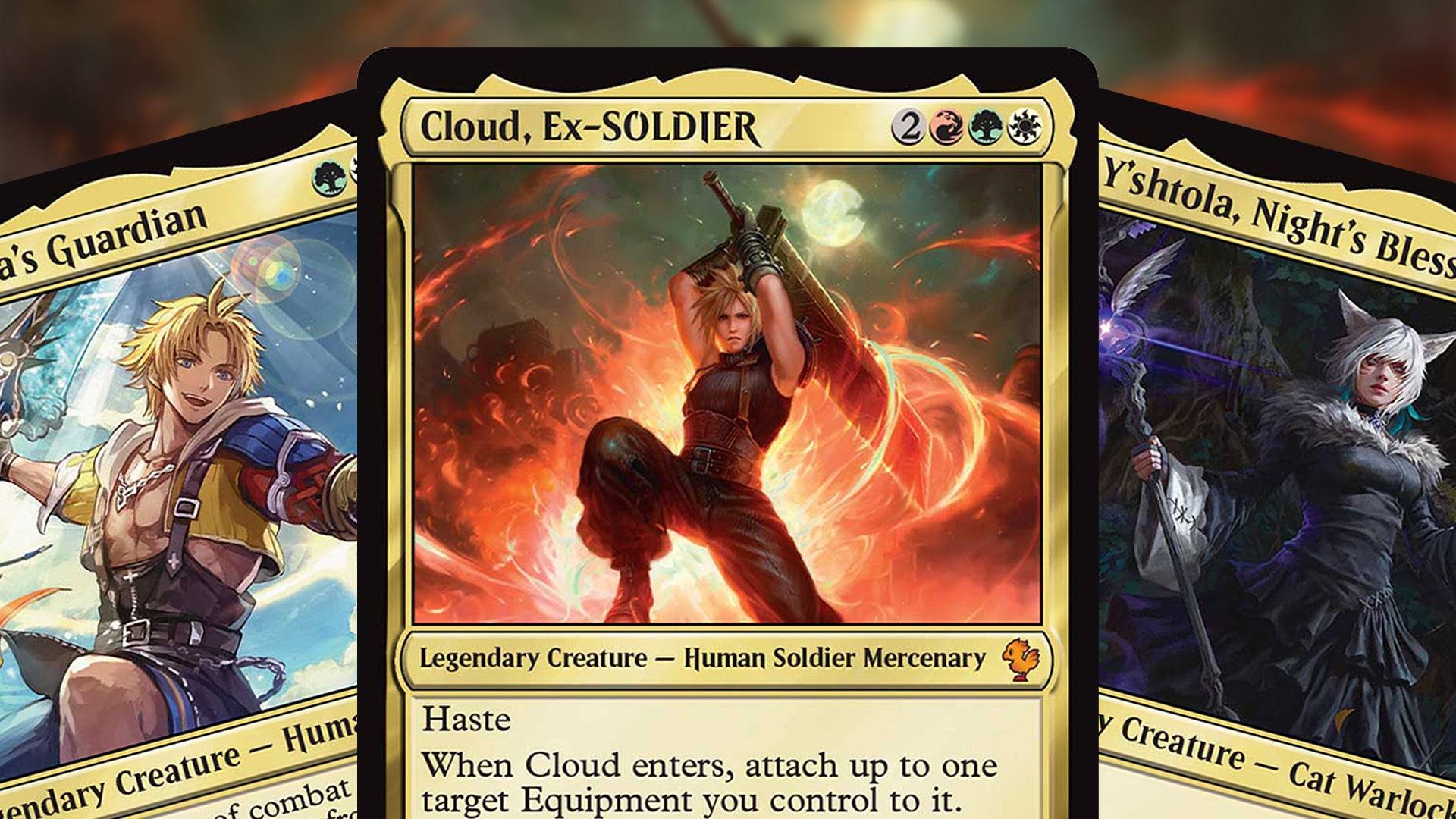
 13 Images
13 Images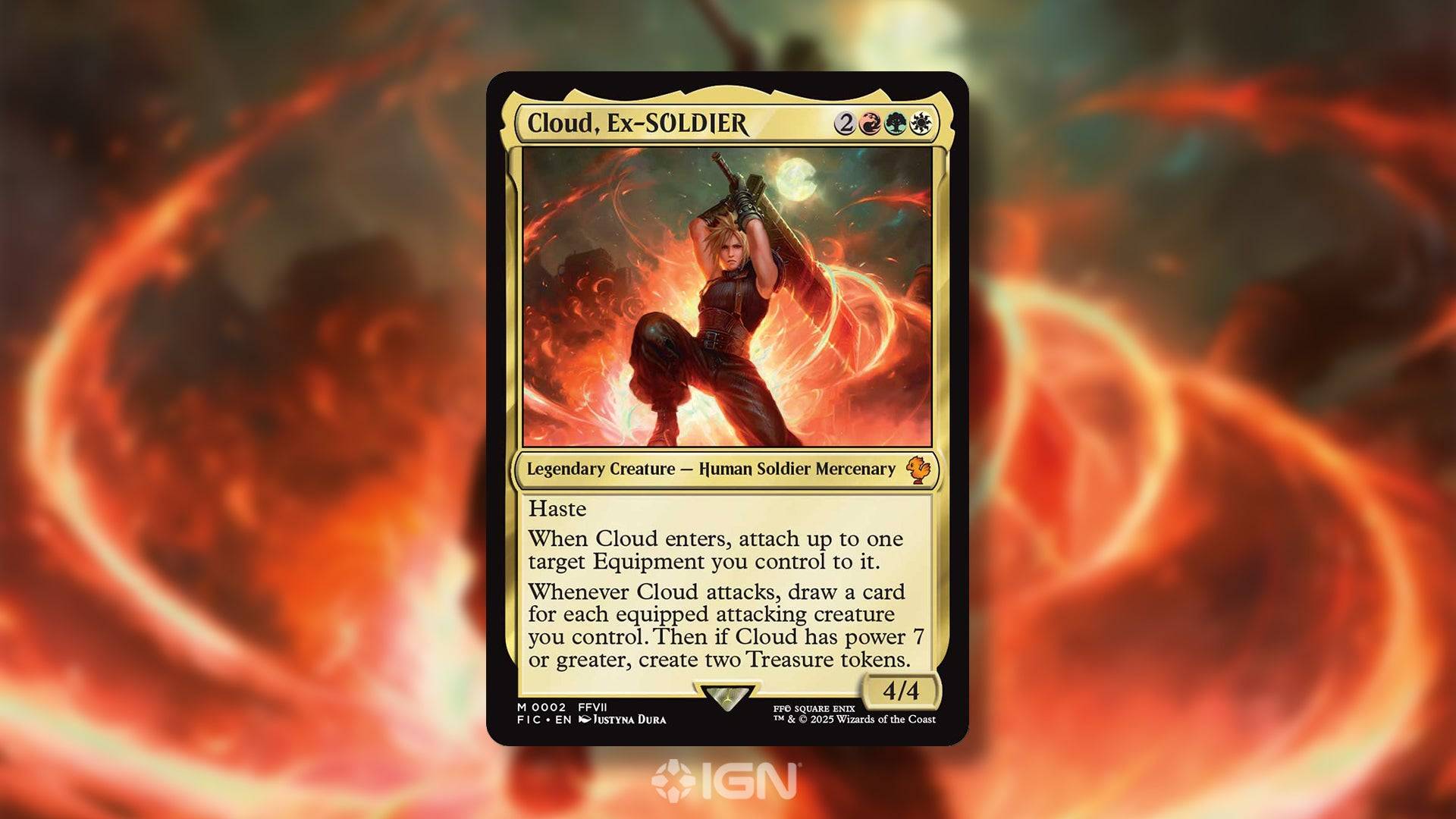

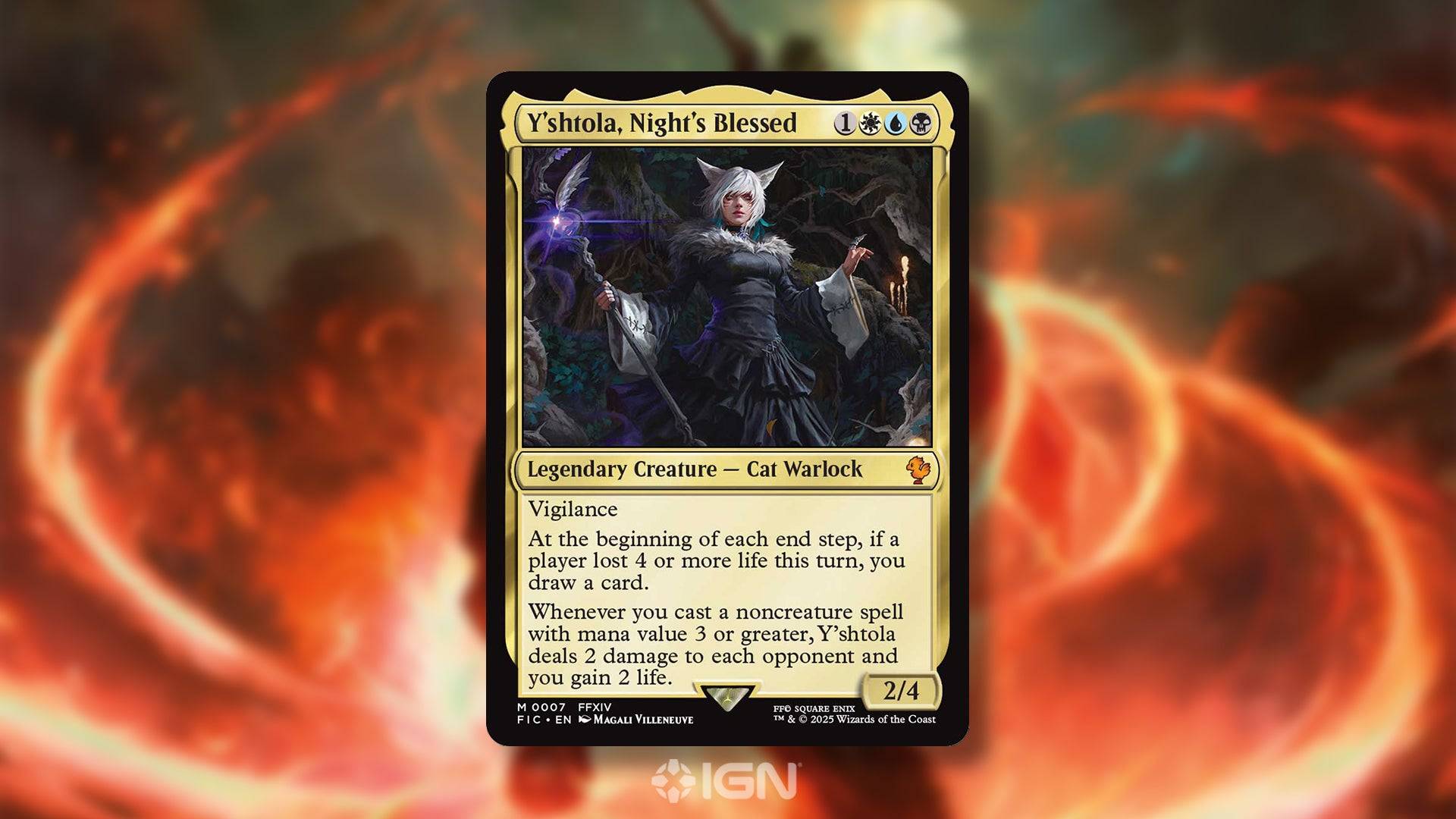

Set to launch this June, Magic's Final Fantasy crossover will not only be a fully draftable, Standard-legal set but will also feature four preconstructed Commander decks showcased in the gallery above. Each deck comprises 100 cards, blending reprints with new Final Fantasy-themed art and brand-new cards tailored for the Commander format. What sets these decks apart is their focus on a single Final Fantasy game: VI, VII, X, and XIV.
"Final Fantasy games are rich with flavor, beloved characters, and unique settings, making it easy to craft an entire deck around one game," says Senior Game Designer Daniel Holt, who leads the Commander design for this set. "Focusing on a single game allowed us to delve deeper into its lore and capture beloved moments from its storyline that might have been overlooked otherwise."
The selection of these four Final Fantasy games was influenced by their gameplay potential and their recognition among fans. While Final Fantasy VII and XIV were straightforward choices, VI and X required more deliberation but were ultimately selected due to their popularity within the Wizards of the Coast team. "This project was a labor of love for everyone involved, given the number of passionate Final Fantasy fans we have here," Holt shares.
For Final Fantasy VII, the team faced the challenge of integrating elements from both the original 1997 game and its ongoing remake trilogy. Dillon Deveney, Principal Narrative Game Designer and Narrative Lead for the set, explains, "We aimed to capture the essence of the original PS1 game while enhancing character designs and locations using the modern aesthetics from Final Fantasy VII Remake and Rebirth. If a scene appeared in both versions, we had the flexibility to portray it in the original style, the modern interpretation, or a unique blend of both. We hope this deck evokes nostalgia for fans of the original while also appealing to those who enjoy the modern series."
Final Fantasy VI posed a different challenge due to its older, pixel art style. Deveney notes, "We wanted to stay true to the fans' expectations by drawing on Yoshitaka Amano's concept art, the original game sprites, and the Pixel Remaster portraits. Our artists synthesized these elements to create designs that feel familiar yet fresh, and we consulted directly with the Final Fantasy VI team to ensure we did justice to the characters."
Choosing the lead characters for each deck was a thoughtful process. While Cloud was an obvious choice for Final Fantasy VII, other selections required more brainstorming. For VI, Celes was considered but ultimately, Terra was chosen to lead due to her prominence in the game's latter half. Yuna was a contender for X, but Tidus was selected to reflect the game's narrative focus. For XIV, Y'shtola was chosen for her popularity and spellcasting abilities, particularly during her Shadowbringers arc. Although the idea of a customizable "Warrior of Light" was considered, Holt explains that it was too complex for execution, though the deck still includes numerous references to the player's personal hero.
Crafting a deck that encapsulates an entire game's story, characters, and themes within the framework of Magic's five colors was no small feat. "We had to decide on the color identity that best represented each game and the gameplay we wanted to achieve," Holt explains. All four decks include White to accommodate a wide range of heroes and themes. For example, Final Fantasy VI's deck focuses on reviving creatures from the graveyard, reflecting the game's World of Ruin theme. Final Fantasy VII's deck, led by Cloud, uses a White-Red-Green strategy to highlight equipment and power-based mechanics. Final Fantasy X's deck draws inspiration from the Sphere Grid, utilizing a White-Blue-Green approach to empower creatures. Final Fantasy XIV's deck, with its White-Blue-Black identity, emphasizes noncreature spell casting while showcasing key characters.
While each deck centers on its lead character, the supporting casts from these games are equally important. "Final Fantasy is known for its diverse and memorable characters, and we've made sure to include many of them as new legendary creatures and in other exciting spells within each deck," Holt assures fans.
Magic's Final Fantasy set is scheduled for release on June 13. Even if your favorite Final Fantasy game or character isn't featured in these decks, rest assured that all sixteen mainline games will have their moments in the accompanying products, as Holt promises.
Similar to the Warhammer 40,000 Commander decks from 2022, these Final Fantasy decks will be available in both a regular version (MSRP $69.99) and a Collector’s Edition (MSRP $149.99), the latter featuring all 100 cards in each deck with a special Surge foil treatment.
*Read on for the full, unedited interview with Wizards of the Coast’s Daniel Holt and Dillon Deveney:*
- 1 Fortnite: Chapter 6 Season 1 NPC Locations Feb 13,2025
- 2 Culinary Journey Thrives for Six Jan 01,2025
- 3 Pokémon Go Is Celebrating New Year’s 2025 with Festive Fireworks and More! Jan 03,2025
- 4 Roblox: Warrior Cats: Ultimate Edition Codes (January 2025) Feb 12,2025
- 5 Tips to Conquer the Dragon Quest III: HD-2D Remake Feb 21,2025
- 6 Roblox Game Codes Updated: April 2025 May 13,2025
- 7 How To Fix Common Marvel Rivals Error Codes Feb 20,2025
- 8 Pokémon GO Fest 2025: Fest Dates, Locations, Details Revealed Feb 13,2025
-
Top Beauty Trends for This Season
A total of 10
-
Unique Wallpaper Apps for Every Style
A total of 10
-
Ultimate Baseball Games for Android
A total of 10










